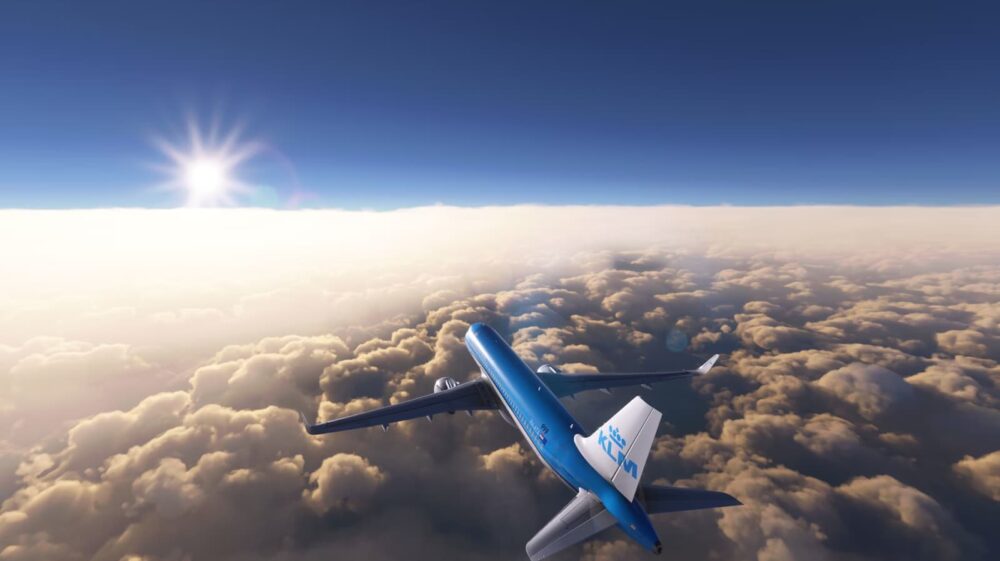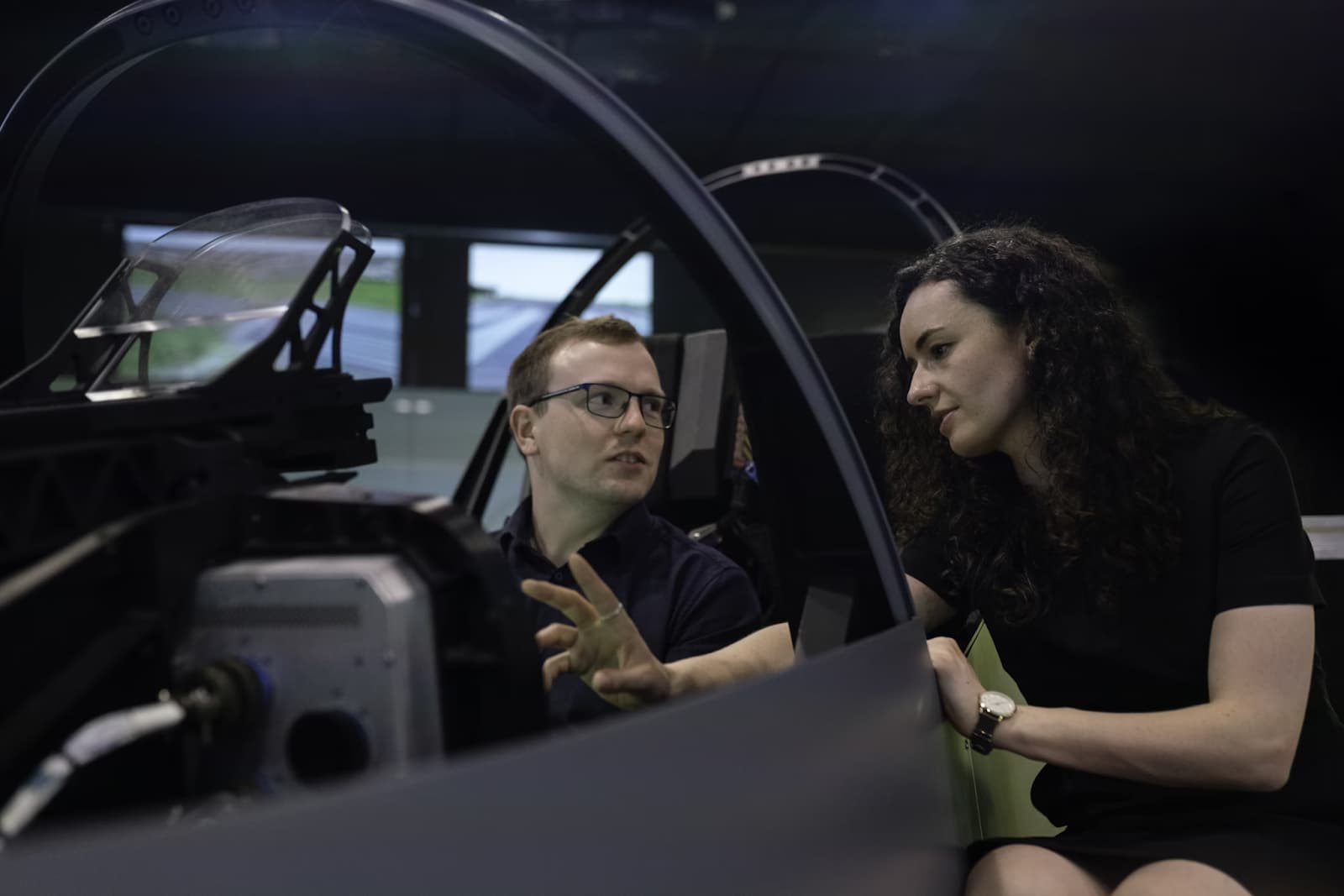Since its debut, flight simulation games have advanced significantly, from basic 2D visuals to captivating 3D worlds that can replicate the experience of piloting a real aircraft. These simulations offer players not just a way to fly virtual planes but a chance to engage with the complexities of aviation, from navigation to air traffic control. As developers strive to create more authentic and engaging flight simulation experiences, they can draw on a wealth of real-world data sources, including flight radar, to enhance gameplay mechanics and realism. In this blog post, we’ll explore key insights and tips from experts in the field on how to develop a successful flight simulation game.
Understanding the Fundamentals of Aviation
To create an authentic flight simulation, developers must first grasp the fundamentals of aviation. This includes understanding how aircraft operate, the principles of aerodynamics, and the complexities of air traffic management. An in-depth knowledge of these areas will enable developers to create accurate flight models and simulate realistic flight conditions.
One effective way to gain insights into real-world aviation is to utilize flight radar data. Flight radar provides real-time information about air traffic, including aircraft positions, altitudes, speeds, and routes. By integrating this data into the simulation, developers can create a more immersive experience that reflects real-world flying conditions. For instance, players can see how air traffic patterns influence their flight routes and learn to navigate through busy airspace, replicating the challenges real pilots face.
Designing Realistic Flight Models

A crucial aspect of any flight simulation is the flight model, which dictates how an aircraft behaves in response to pilot inputs and environmental factors. A realistic flight model takes into account various elements, such as lift, drag, thrust, and weight, ensuring that the aircraft responds authentically to changes in altitude, speed, and control input.
To develop an accurate flight model, developers can use data from actual aircraft performance metrics. This includes understanding how different aircraft types behave under various conditions, such as takeoff, cruising, and landing. Moreover, incorporating data from sources like flight radar can help simulate different scenarios, such as flying in adverse weather conditions or navigating around other aircraft.
Developers can also engage with pilot communities or aviation experts to gather insights on real-world flying experiences. This collaboration can help ensure that the flight model accurately reflects how pilots interact with their plane, making the simulation more engaging and educational for players.
Enhancing Immersion with Real-World Scenarios
One way to elevate the authenticity of a flight simulation is to incorporate real-world scenarios into the gameplay. This could include simulating specific flights that players can undertake, such as following the same flight path as a real-world airline or replicating emergency situations that pilots might encounter.
By analyzing real-time flight data, developers can program AI-controlled aircraft to behave as they would in the real world, following established flight routes, changing altitudes, and reacting to other traffic. This not only adds an element of unpredictability to the gameplay but also immerses players in the complexities of managing air traffic.
Additionally, incorporating various airports and geographic locations enhances the simulation’s realism. Using satellite imagery and mapping data, developers can recreate airport layouts, taxiways, and surrounding landscapes, giving players a true-to-life experience. By combining real-world data with detailed geographic information, developers can create accurate flight plans that reflect the challenges of navigating real-world airspace.
Implementing Comprehensive Training Modules
For players who are new to flight simulations or aviation, comprehensive training modules are essential. These modules should cover the basics of flying, including pre-flight checks, navigation, and communication with air traffic control. By providing step-by-step guidance, developers can help players build their skills and confidence before they embark on more complex missions.
Incorporating realistic flying environments can enhance these training modules by allowing players to practice flying in situations that mirror real-world scenarios. For instance, training scenarios can simulate busy airports where players must manage takeoffs and landings while responding to live traffic. This real-time feedback not only helps players learn the mechanics of flying but also prepares them for the challenges they may face in actual flying conditions.
Moreover, developers can create a mentorship system where experienced players can guide newcomers through the simulation. This peer-to-peer learning can foster a sense of community among players and enhance the overall experience.
Conclusion
Creating authentic flight simulations requires a blend of technical expertise, real-world data, and an understanding of aviation principles. By utilizing resources like flight radar, developers can enhance the realism and interactivity of their games, providing players with an immersive experience that mirrors real-world flying. From designing accurate flight models to incorporating dynamic scenarios and comprehensive training modules, the tips outlined in this post can help developers create engaging and educational flight simulations.
As the gaming industry continues to evolve, the demand for realistic and immersive flight simulations will only grow. By focusing on authenticity and leveraging real-world data, developers can deliver experiences that captivate and inspire players, bringing the thrill of flight into the virtual realm.





